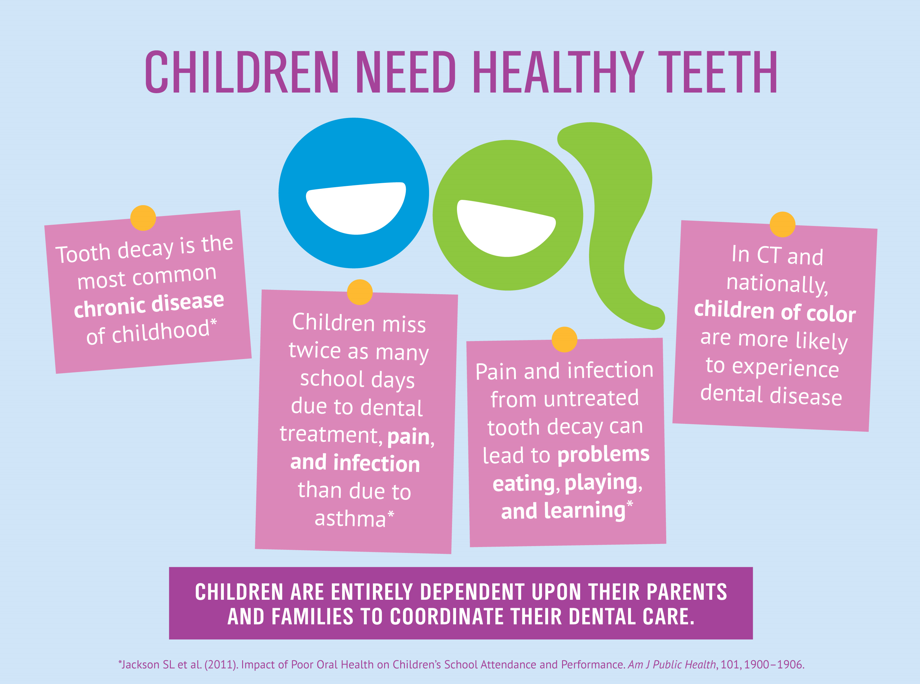Learn More About The Cutting-Edge Innovations That Are Revolutionizing The Method Of Dental Surgery. Check Out The Future Of This Location And Position Yourself Advantageously. Click Currently For A Consider The Future
Learn More About The Cutting-Edge Innovations That Are Revolutionizing The Method Of Dental Surgery. Check Out The Future Of This Location And Position Yourself Advantageously. Click Currently For A Consider The Future
Blog Article
Published By-Petersson Hessellund
Invite to the globe of dental surgery, where innovations and advancements are shaping the future of the area! In this amazing realm, you'll witness the transformative power of robotics, the sophisticated wonder of 3D printing, and the game-changing effect of minimally invasive methods.
The future of dental surgery holds a pledge of accuracy, effectiveness, and enhanced client outcomes. With the help of sophisticated robotics, doctors have the ability to do complex procedures with greater precision and control.
3D printing technology is changing the creation of oral implants and prosthetics, using tailored remedies that fit perfectly right into each patient's one-of-a-kind makeup.
Furthermore, minimally invasive techniques are decreasing post-operative discomfort and healing time, allowing individuals to return to their every day lives faster.
Prepare to explore the interesting innovations and breakthroughs that are reshaping the landscape of dental surgery!
Innovations in Robotics
One significant development in dental surgery is using robot technology, which allows for accurate and reliable operations. With learn here of robotic systems, oral cosmetic surgeons have the capability to execute complicated surgical treatments with enhanced precision, minimizing the danger of human error.
These robotic systems are furnished with sophisticated imaging modern technology and accurate instruments that allow doctors to browse through elaborate physiological structures with ease. By utilizing robot modern technology, specialists can accomplish higher medical precision, causing boosted person end results and faster recuperation times.
In addition, the use of robotics in dental surgery permits minimally invasive procedures, lowering the injury to bordering tissues and promoting faster healing.
3D Printing in Oral Surgery
To boost the area of dental surgery, you can check out the subtopic of 3D printing in dental surgery. This innovative technology has the prospective to revolutionize the way dental cosmetic surgeons run and deal with patients. Below are 4 key ways in which 3D printing is shaping the area:
- ** Custom-made Surgical Guides **: 3D printing allows for the development of extremely accurate and patient-specific medical guides, enhancing the precision and performance of treatments.
- ** Implant Prosthetics **: With 3D printing, dental surgeons can produce personalized implant prosthetics that perfectly fit a person's distinct anatomy, resulting in far better outcomes and client fulfillment.
- ** Bone Grafting **: 3D printing enables the manufacturing of patient-specific bone grafts, lowering the requirement for standard implanting methods and improving recovery and recovery time.
- ** Education and Training **: 3D printing can be used to develop sensible surgical models for academic objectives, permitting oral surgeons to practice intricate treatments before performing them on individuals.
With its possible to boost precision, modification, and training, 3D printing is an interesting development in the field of oral surgery.
Minimally Invasive Strategies
To even more progress the field of dental surgery, welcome the possibility of minimally intrusive methods that can substantially benefit both cosmetic surgeons and individuals alike.
Minimally invasive strategies are changing the field by lowering surgical trauma, minimizing post-operative discomfort, and speeding up the healing process. These methods involve utilizing smaller sized incisions and specialized tools to execute procedures with precision and efficiency.
By making use of sophisticated imaging innovation, such as cone beam of light calculated tomography (CBCT), specialists can precisely prepare and implement surgeries with very little invasiveness.
In addition, using lasers in oral surgery enables precise tissue cutting and coagulation, causing lessened bleeding and minimized healing time.
With minimally invasive strategies, individuals can experience quicker recovery, reduced scarring, and improved results, making it an important aspect of the future of oral surgery.
Verdict
So, as you can see, the future of dental surgery is extremely promising, with interesting advancements and developments shaping the area.
From laser teeth whitening austin in robotics to making use of 3D printing and minimally invasive strategies, dental surgeons are reinventing the method they provide care.
While some may fret about the prospective price associated with these improvements, it's important to keep in mind that these modern technologies inevitably improve client outcomes and reduce recovery time, making them well worth the investment in the long run.
